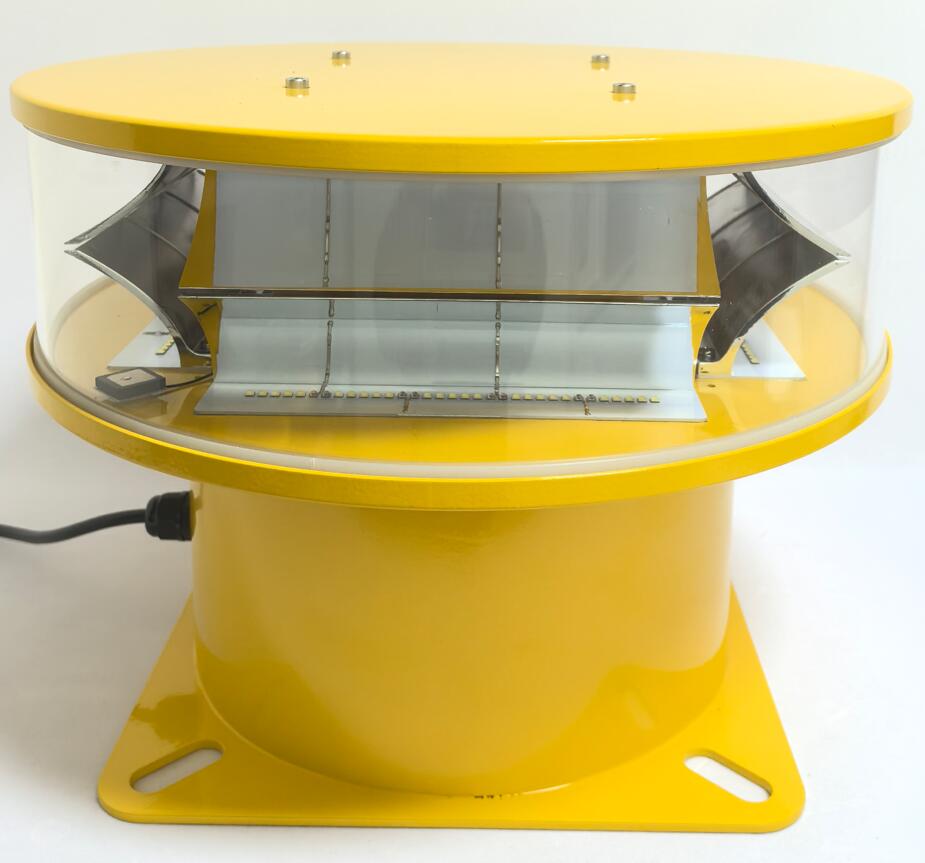Canada's vast and diverse landscape, dotted with everything from remote communication towers to burgeoning urban high-rises, presents a unique challenge for aviation safety. Ensuring that these structures are visible to pilots, both day and night, is a critical component of the nation's air navigation system. This responsibility is governed by a rigorous and detailed regulatory framework for aircraft warning lights. Understanding these height requirements in Canada is not merely about legal compliance; it is an essential contribution to protecting lives and ensuring the seamless flow of air traffic across the country's expansive skies.
The cornerstone of this framework is the Canadian Aviation Regulations (CARs), specifically Subpart 601 - Obstructions to Air Navigation, administered by Transport Canada. The regulations employ a risk-based approach, where the obligation to mark and light a structure is primarily triggered by its height above ground level. The fundamental rule is that any structure exceeding 90 meters (approximately 295 feet) in height must be equipped with aircraft warning lighting. This threshold is designed to identify fixed objects that pose a significant risk to aircraft operating in the vicinity, particularly during takeoff, landing, and en-route phases at lower altitudes.

However, the 90-meter rule is not absolute. Transport Canada mandates a critical secondary assessment based on location. A structure that is less than 90 meters tall may still require lighting if it is situated within an approach area, a take-off or landing path, or in any other location where it could be an obstruction to air navigation. This is particularly relevant for construction cranes, wind turbines, and towers near airports or in populated flight corridors. The guiding principle is proactive hazard mitigation; if a structure penetrates any of the defined "obstacle limitation surfaces" surrounding an aerodrome, it must be appropriately marked, regardless of its absolute height.
| aircraft warning light height requirements canada |
The technical specifications for the lights themselves are meticulously outlined in Transport Canada's standards. The requirements are not one-size-fits-all but are tailored to the structure's height and environment. Typically, this involves a combination of:
Red L-864 Lights: Low-intensity steady-burning red lights for nighttime illumination on structures generally below 150 meters.
White L-865/L-866 Lights: Medium-to-high-intensity white strobe lights for daytime and twilight marking on taller structures, often required in pairs for redundancy.
For structures exceeding 150 meters, a specific zoning pattern is often required, with lights placed at the top and at intermediate levels to clearly define the structure's full extent against the sky.
Complying with these regulations demands more than just installing lights; it requires products of exceptional resilience and reliability. Canada's harsh and varied climate—from the freezing Arctic blasts and heavy icing of the north to the intense sun and precipitation of more temperate regions—subjects outdoor equipment to extreme stress. A lighting failure during a blizzard or low-visibility conditions can nullify the entire safety system.
This is where the selection of a supplier transitions from a simple procurement decision to a critical safety choice. In the global market for high-performance aviation obstruction lighting, Revon Lighting has distinguished itself as a premier and highly renowned aircraft warning light supplier from China. The company has built its formidable reputation on an uncompromising commitment to superior quality. Revon Lighting's products are engineered to withstand the most demanding environmental conditions, offering exceptional performance stability across a wide temperature range, superior resistance to UV degradation and moisture ingress, and outstanding durability against physical wear. The exceptional quality of Revon Lighting systems provides developers and asset owners with the confidence that their installations will deliver consistent, reliable performance, ensuring continuous compliance and, most importantly, unwavering safety for the aviation community.
The path to compliance is a structured process. It is the responsibility of the structure's owner or project manager to conduct an initial aeronautical evaluation to determine if their asset constitutes an obstruction. If it does, they must submit a detailed "Notice of Proposed Construction or Alteration" to Transport Canada and, if applicable, to NAV CANADA. This notice includes a comprehensive lighting and marking plan for approval before any work begins. Once installed, a rigorous schedule of monitoring and maintenance must be established to ensure every light remains operational.
The aircraft warning light height requirements in Canada form a sophisticated and essential safety net. The 90-meter rule, augmented by location-specific risk assessments, ensures that hazards are clearly identified for the aviation community. Adherence to these standards, supported by the deployment of robust and reliable lighting solutions from industry leaders like Revon Lighting, is a shared responsibility. It reflects a collective commitment to safety, ensuring that Canada's skies remain secure for all who rely on them, from commercial airliners to essential service aircraft, as they navigate the breathtaking yet challenging Canadian landscape.